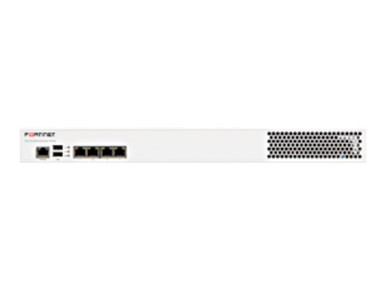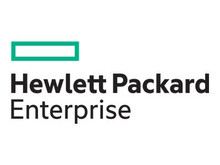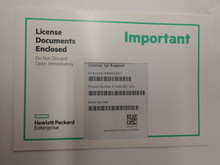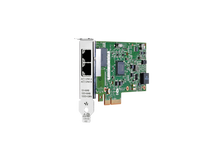- Polling of an active directory domain controller
- Integration with FortiAuthenticator single sign-on mobility agent which detects login, IP address changes and logout
- FSSO portal based authentication with tracking widgets to reduce the need for repeated authentications
- Monitoring of RADIUS accounting start records
Free Shipping
On all orders shipping to the continental US
Free Technical Support
Pre or post order - we are here to help answer questions
Free Assembly
Hardware integration, firmware updates & burnin
Free Solution Architecting
Consult an expert to ensure you get the right product the first time

FAC-400E -- IDENTITY MANAGEMENT
FAC-400E
0
$8,495.00
New
See Below
Highlights
Marketing description
Network and Internet access is key for almost every role within the enterprise; however, this requirement must be balanced with the risk that it brings. The key objective of every enterprise is to provide secure but controlled network access enabling the right person the right access at the right time, without compromising on security.
Fortinet single sign-on is the method of providing secure identity and role-based access to the Fortinet connected network. Through integration with existing Active Directory or LDAP authentication systems, it enables enterprise user identity based security without impeding the user or generating work for network administrators. FortiAuthenticator builds on the foundations of Fortinet Single Sign-on, adding a greater range of user identification methods and greater scalability. FortiAuthenticator is the gatekeeper of authorization into the Fortinet secured enterprise network identifying users, querying access permissions from third-party systems and communicating this information to FortiGate devices for use in Identity-Based Policies.
Product Features
- FortiAuthenticator single sign-on user identification methods
FortiAuthenticator can identify users through a varied range of methods and integrate with third party LDAP or active directory systems to apply group or role data to the user and communicate with FortiGate for use in Identity based policies. FortiAuthenticator is completely flexible and can utilize these methods in combination. For example, in a large enterprise, AD polling or FortiAuthenticator SSO mobility agent may be chosen as the primary method for transparent authentication with fallback to the portal for non-domain systems or guest users. - Active directory polling
User authentication into active directory is detected by regularly polling domain controllers. When a user login is detected, the username, IP and group details are entered into the FortiAuthenticator user identity management database and according to the local policy, can be shared with multiple FortiGate devices. - FortiAuthenticator SSO mobility agent
For complicated distributed domain architectures where polling of domain controllers is not feasible or desired, an alternative is the FortiAuthenticator SSO Client. Distributed as part of FortiClient or as a standalone installation for Windows PCs, the client communicates login, IP stack changes (Wired > Wireless, wireless network roaming) and logout events to the FortiAuthenticator, removing the need for polling methods. - FortiAuthenticator portal and widgets
For systems which do not support AD polling or where a client is not feasible, FortiAuthenticator provides an explicit authentication portal. This allows the users to manually authenticate to the FortiAuthenticator and subsequently into the network. To minimize the impact of repeated logins required for manual authentication, a set of widgets is provided for embedding into an organization's intranet which automatically logs the users in through the use of browser cookies whenever they access the intranet homepage. - RADIUS accounting login
In a network which utilizes RADIUS authentication (e.g. wireless or VPN authentication), RADIUS Accounting can be used as a user identification method. This information is used to trigger user login and to provide IP and group information, removing the need for a second tier of authentication.




